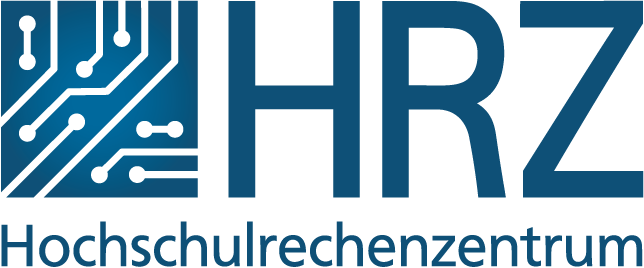User groups
The service is available to all members of TU Darmstadt and to all guests with a TU-ID.
Service characteristics
The service offers...
To log in to TU Darmstadt systems, you typically use your your TU-ID and the corresponding password.
Unfortunately, these login credentials are repeatedly stolen through convincingly forged emails and websites — a method known as phishing. You can learn more about this on the Infosec website.
To make it harder for attackers to gain access, the use of two-factor authentication has proven to be effective. In addition to the user's password, a second security factor is required — for example, a short numerical code or a physical security key.
The University Computing Centre enables you to secure your TU-ID with a second factor. Certain applications may require the use of such a second factor.
Setting up and using 2FA
Instructions for setting up two-factor authentication
Please note: When setting up for the first time, please complete all steps in full and without interruption.

